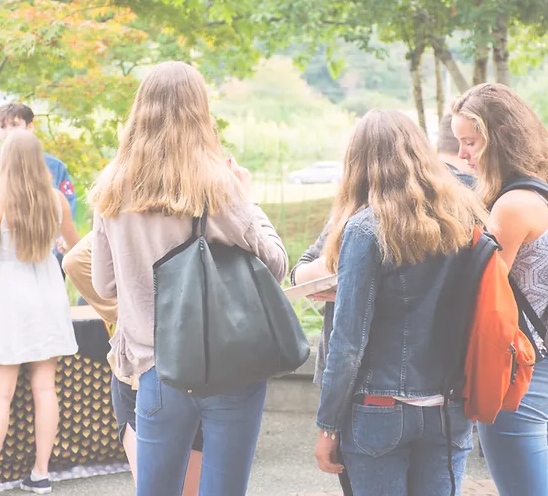Violence Prevention
Violence Prevention
The school community is to be seen as a society where the individual, both student and adult, can be free from incidents of a violent nature, threats, harassment or intimidation. If the school is to foster a climate of cooperation and mutual benefit, allowing the individual the fullest possible opportunities, then it is also imperative that the school community be a physically and emotionally safe place.
SOCIAL MEDIA
Portraying inappropriate violence, or otherwise denigrating specific groups or individuals, are prohibited on school grounds unless justified for educational reasons.
- The school recognizes a differentiated approach to student discipline which is appropriate to age and maturity.
- The school believes that students require structured guidelines for behaviour.
- The school believes that students should be provided with opportunities to assume responsibility and be able to learn from their mistakes.
- Communication between the school, parents, and students is critical to effectively deal with issues relating to student conduct.
- An accurate record system must be maintained by the school.
- Students with Special Needs may have the Program Manager as advocate.
FIGHTING
- Any incident of a violent nature which involves a willful attempt to physically harm another person may lead to an immediate suspension. In a very timely manner, the student, together with a parent or adult advocate, will meet with the school’s Violence Prevention Committee
- The Violence Prevention Committee will determine conditions for return to the school.
- The Violence Prevention Committee may consist of an administrator, a counselor and teacher representatives.
- The meeting may open with a report of the incident.
INDIRECT OR SECONDARY INVOLVEMENT IN VIOLENCE
- Actively inciting, promoting, encouraging or supporting violence is considered a threat to the safety and well-being of the school community. In addition, passive participation as audience/spectator is seen as contributing to a violent situation.
- Any student identified as contributing to violence, either by active encouragement or passive participation as a spectator may be asked to report to the office. An administrator may suspend, refer to the Violence Prevention Committee or issue a warning.
- The possession of an item that might be potentially dangerous, threatening or intimidating is prohibited on school premises and may be confiscated and turned into the RCMP.
HARASSMENT, ABUSE AND THREATS
Abusive or threatening behavior will be treated as an attempt to harm.
- Harassment is behavior, including comment and/or conduct, which is insulting, intimidating, humiliating, hurtful, malicious, degrading or otherwise offensive to an individual or group of individuals.
- Abuse is behavior, both verbal and nonverbal, in which the intent is to injure or damage or to express disapproval and condemnation.
- Threats are any behavior which is seen by the person threatened as intimidating or expressing an intention to injure, harm or damage.
It is important to know:
- In the event of violence, all parties involved may be suspended and receive a letter home. If a suspension occurs, an administrator will arrange a meeting with the Violence Prevention Committee
- It is the administrator’s discretion to issue a warning for a first incident of harassment.
- Unsafe incidents involving GISS students that occur outside of school time may fall under the same policy.
- A student who is involved in or who witnesses an unsafe incident with an adult is encouraged to report as above. The incident will be reviewed by the school administration under the guidelines of the district’s personnel policies or the RCMP.

